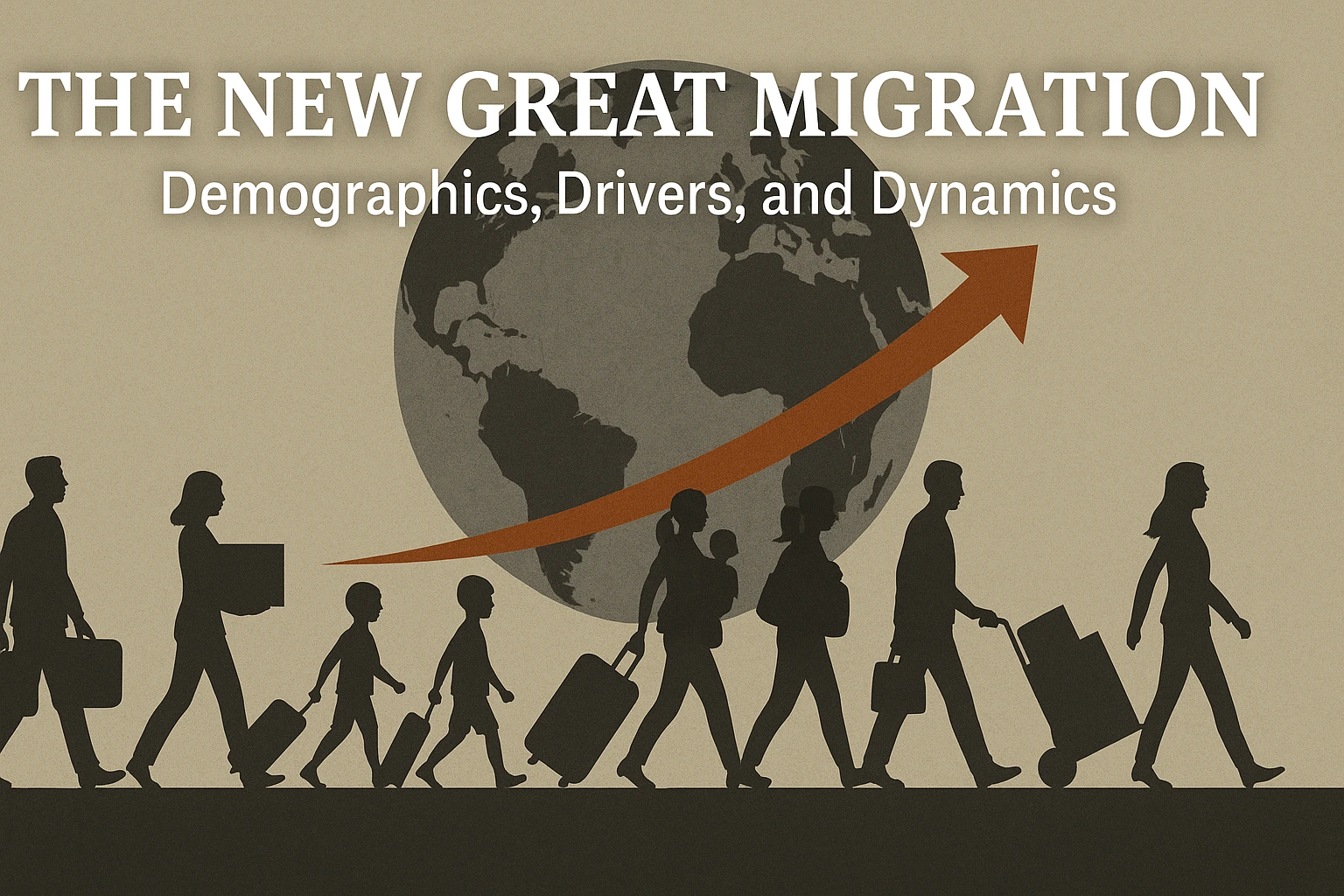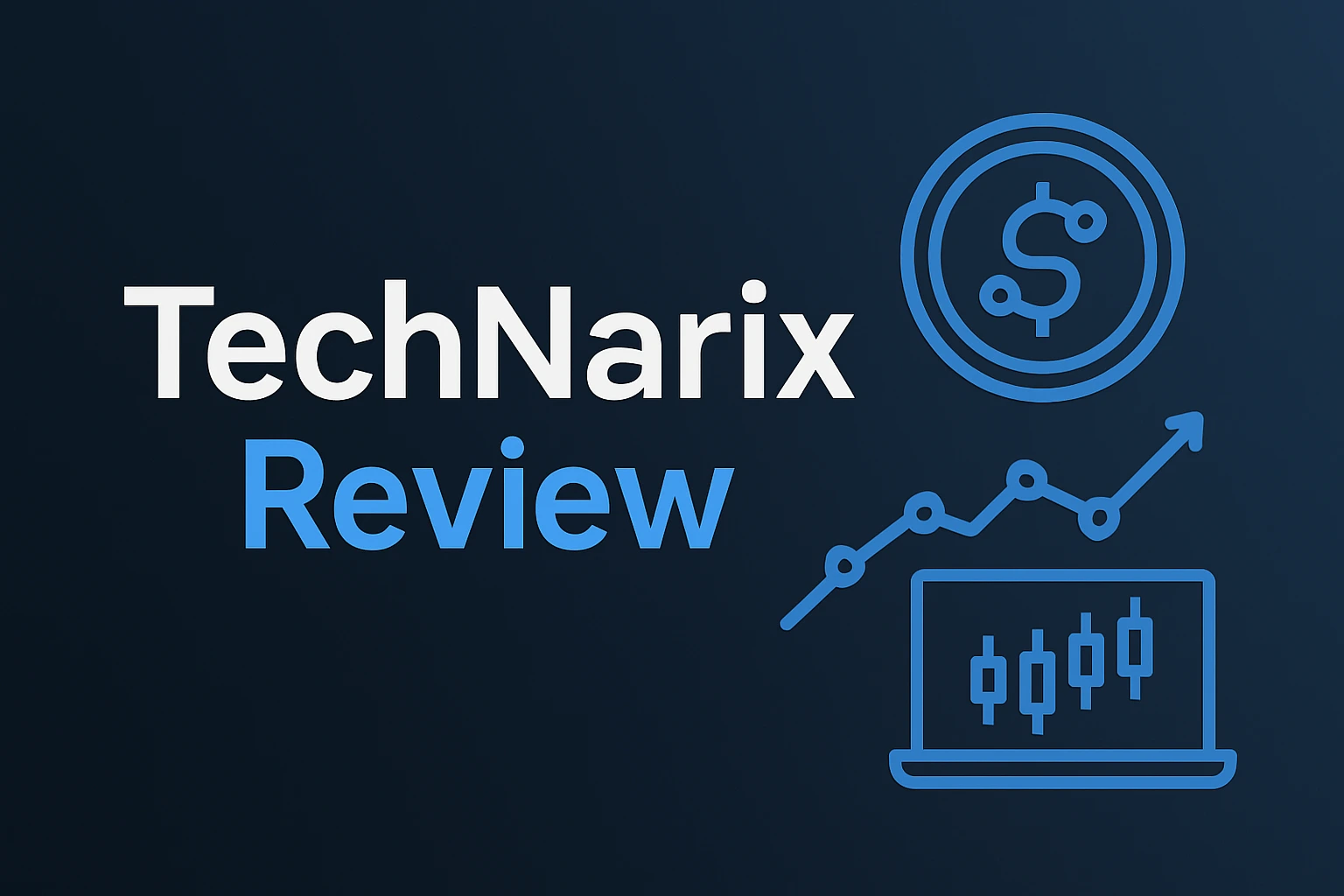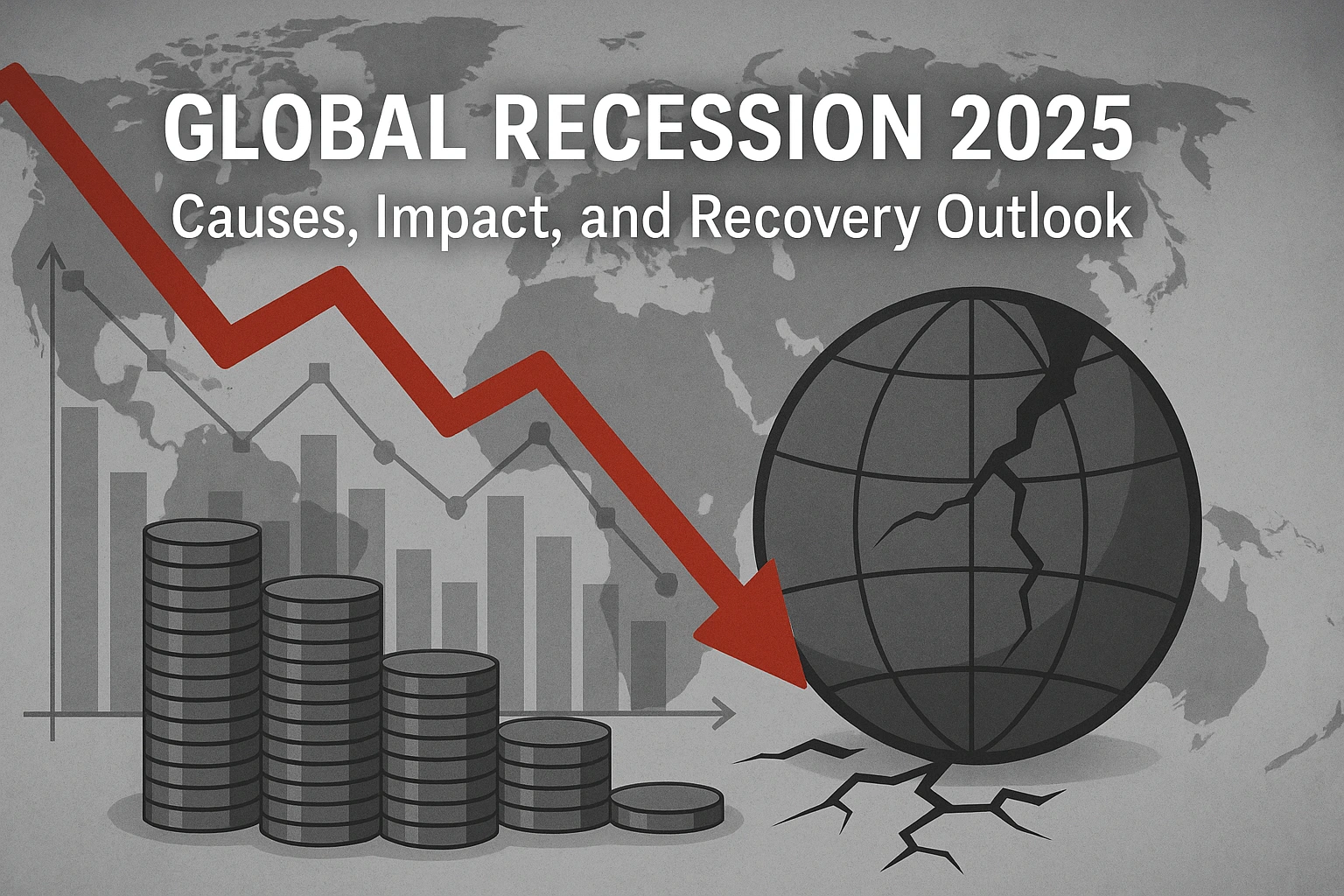Explore the drivers behind 21st-century mass migration, the role of Arab populations in reshaping Europe, and the political backlash fueling a new wave of ultranationalism across the continent.
Migration has always shaped human history – but the 21st century is witnessing what some analysts call “The Second Great Migration”, driven by war, climate collapse, economic disparity, and political unrest. At its heart is the mass movement from North Africa and the Middle East toward Europe, creating not just a humanitarian phenomenon, but a demographic and ideological turning point for the continent.
What Is the 21st Century Great Migration?
This term describes the mass, long-term migration flows from regions affected by:
- Armed conflict (e.g., Syria, Libya, Yemen)
- Climate-induced desertification (e.g., Sudan, Iraq, Morocco)
- Authoritarian instability
- Youth unemployment and demographic pressure
By 2025, the UNHCR estimates over 117 million displaced persons globally, with 32 million seeking entry to Europe.
Key Arab Countries Driving Migration
| Country | Main Push Factors | Migrant Volume (2020–2025 est.) |
| Syria | Civil war, repression, lack of reconstruction | 6.7 million |
| Iraq | Post-war insecurity, poverty, water scarcity | 2.3 million |
| Algeria | Economic stagnation, youth unemployment | 1.8 million |
| Morocco | Migration via Spain’s Ceuta/Melilla | 1.2 million |
| Sudan | Conflict in Darfur, climate displacement | 1.5 million |
| Yemen | Famine, war, infrastructure collapse | 1.6 million |
Migration Routes & Corridors
- Eastern Mediterranean Route: Turkey → Greece → Balkans → Central Europe
- Central Mediterranean Route: Libya → Italy
- Western Route: Morocco → Spain
- New Arctic Pathways: Middle Eastern migrants entering through Russia → Finland → EU
“Borders have become symbolic as migrants find ever-adaptive pathways to European territory.” – Frontex, 2025 Report
Why Europe?
Pull Factors
- Labor shortages, especially in aging societies like Germany, Italy, and Poland
- Education access and welfare systems
- Visa-free schemes and refugee quotas
- Family reunification channels
Demographic Pressure in Arab World
- Median age in Europe: 42.5 years
- Median age in Arab countries: 27.1 years
- Youth unemployment in MENA: 25–45% range in 2025
The result? A surplus of young, mobile populations heading toward societies facing aging and labor market imbalances.
Europe’s Response – Integration or Resistance?
1. Integration Programs (2020–2025)
- Germany’s Berufsintegration for Arabic-speaking youth
- France’s Civic and Secularism Training
- Sweden’s Language + Job Guarantee Tracks
- EU Digital ID trials to simplify residency processing
“Some countries view migration as a demographic dividend. Others see it as a civilizational threat.” – European Migration Observatory, 2024
2. Fractures Begin to Appear
But with scale comes tension:
- Cultural integration debates intensify
- Rise in ghettoization in urban peripheries
- Pressure on housing, welfare, and healthcare systems
- Public opinion begins to polarize
“We opened our borders without a plan for identity. That’s not compassion, it’s negligence.” – Éric Zemmour, 2025 Presidential Candidate, France
Prelude to Backlash – The Rise of the Ultranationalist Wave
As migration numbers climb, so does political extremism.
- Far-right parties enter parliaments in Austria, Hungary, France, and Italy
- In Sweden and the Netherlands, anti-immigration parties surpass 20% in polls
- 2024–2025 sees a spike in border vigilante groups and hate crimes
| Country | Far-Right Party | 2025 Support (%) |
| France | National Rally | 29% |
| Germany | AfD | 23% |
| Hungary | Fidesz (populist-conservative) | 38% |
| Italy | Brothers of Italy | 31% |
| Sweden | Sweden Democrats | 25% |
“We are witnessing a democratic erosion masked as migration policy.” – Human Rights Watch, 2025
While political narratives often paint migration in terms of “us vs. them,” the economic data tells a far more nuanced story. The mass movement of Arab and North African populations into Europe is reshaping markets, workforces, and tax systems – sometimes for better, sometimes with strain. Let’s break it down.
Public Perceptions vs. Economic Reality
A 2025 Eurobarometer survey found that:
- 61% of Europeans believe migrants are a net cost to welfare systems
- **49% believe migrants “take jobs” from locals
- Only 27% believe migration helps GDP growth
Yet multiple economic models paint a more complex picture.
“Migration may stress institutions short term, but long term it is often a demographic lifeline.” – OECD Migration Outlook, 2025
Taxes, Welfare, and the Fiscal Footprint
1. Are Migrants Net Contributors?
- In Germany, Arab-origin workers paid €12.7B in taxes in 2024
- France: migrants contribute 9.6% of social security revenue
- Sweden’s Fiscal Policy Council (2025): migrants break even after 5–7 years, depending on education level
| Country | Avg. Tax Contribution (per migrant, annual) | Break-Even Year | Largest Fiscal Strain |
| Germany | €8,450 | Year 6 | Housing subsidies |
| France | €7,200 | Year 5 | Healthcare |
| Sweden | €9,100 | Year 4 | Language training |
| Italy | €5,900 | Year 7+ | Pensions & benefits |
“The fiscal cost exists-but it’s transitional, not structural. Integration speed is key.” – Bruegel Policy Center, 2025
2. Welfare Abuse or Welfare Gap?
Critics point to migrants “draining” public systems, but real issues often include:
- Underfunded urban zones, not overuse
- Barriers to access: 37% of Arab migrants report difficulty navigating local bureaucracy
- Eligibility caps: Most migrants cannot claim full benefits in their first 2–3 years
In 2025, 52% of migrants in France were working-age contributors without receiving any unemployment or pension support.
Labor Markets – Filling Gaps or Fueling Tensions?
1. Sectors Migrants Dominate
Arab-origin migrants in 2025 are heavily employed in:
- Logistics and delivery services
- Construction and urban infrastructure
- Healthcare (nursing, aged care, support roles)
- Cleaning and hospitality sectors
- Emerging: low-code tech and warehousing automation
| Sector | Migrant Share of Workforce (2025, EU avg.) | Trend |
| Construction | 24% | Increasing |
| Healthcare | 19% | Rapid rise |
| Logistics | 28% | Post-COVID boom |
| Cleaning | 32% | Stable |
“Without Arab and African migrants, major European cities would grind to a halt.” – European Urban Economics Council
2. Competition or Complementarity?
Concerns about “job theft” are common, but data often disproves this:
- Most migrants take low-wage, low-desirability roles avoided by domestic populations
- Where overlap exists, wage competition is negligible after skill-level adjustment
- In tech and healthcare, bilingual migrants increase service coverage without displacement
“The real tension isn’t with native workers-it’s between migrants and earlier migrants.” – Migration Policy Institute, 2025
Long-Term Economic Effects by 2030
Economic modeling by Oxford Economics predicts:
- Without migration, Germany would face a labor shortfall of 4.5 million by 2030
- Italy’s working-age population projected to shrink by 21% without immigrant influx
- EU GDP would be €1.3 trillion lower in 2030 without sustained migration flow
The Politicization of Economic Myths
Despite data, right-wing rhetoric often distorts the impact:
| Claim | Reality (2025) |
| “Migrants live off welfare” | Majority are working-age; most receive limited benefits |
| “They don’t pay taxes” | All legal migrants are taxed; many undocumented pay VAT |
| “They steal jobs” | Mostly occupy roles with shortages or low native interest |
| “They bankrupt healthcare” | Contributions often offset costs after 5–7 years |
“In politics, perception trumps data. But perception built on fear weakens economies.” – Economist Intelligence Unit
As migration transforms the economic landscape of Europe, it also reshapes its ideological and political identity. The response from many sectors of society – particularly the far right – is not just opposition, but a redefinition of “Europeanness” itself.
The Ideological Foundations of Modern Ultranationalism
Unlike 20th-century nationalism focused on borders and sovereignty, the ultranationalism of the 2020s is identity-based, often focused on:
- Cultural homogeneity and Christian heritage
- Anti-globalism and “Great Replacement” fears
- Opposition to migration, Islam, multiculturalism, and the EU
“Today’s nationalism doesn’t wave flags. It tweets, streams, and builds echo chambers.” – Centre for Strategic Narrative Analysis, 2025
Political Framing of Migration
Right-wing parties across Europe increasingly use Arab and Muslim migrants as:
- Scapegoats for economic stagnation
- Symbols of “outsider values” threatening liberal democracy
- Justifications for border militarization and surveillance policy expansion
Electoral Shifts and Policy Backlash
| Country | Far-Right Rise (2020 → 2025) | Notable Anti-Migrant Laws |
| France | 21% → 29% | Ban on visible religious symbols in public spaces |
| Italy | 16% → 31% | Deportation fast-track law |
| Hungary | 28% → 38% | Fence extension on Serbian border |
| Germany | 11% → 23% | Cuts to integration budgets |
| Netherlands | 14% → 26% | Moratorium on new asylum applications |
“The center collapses when fear becomes more profitable than facts.” – EU Political Observatory, 2025
Constitutional Risk Zones
In Hungary, Poland, and now Slovakia, far-right parties have:
- Pushed constitutional amendments limiting immigration rights
- Threatened withdrawal from EU-wide migration accords
- Criminalized NGO assistance to migrants
The rule of law vs national sovereignty debate is once again front and center in Brussels.
Case Studies: Two Cities, Two Futures
Vienna, Austria – Integration Model
- Language training mandatory from Year 1
- Incentives for mixed-housing developments
- Interfaith youth programs and public-private apprenticeships
Outcome (2025):
- Lower unemployment among Arab-background residents (6.3%)
- High social trust scores
- Stable electoral behavior (no far-right majority)
Marseille, France – Segregation Failure
- High levels of urban ghettoization
- Arabic-speaking populations excluded from key industries
- Rise in gang activity, under-policing, and alienation
Outcome (2025):
- Youth unemployment above 40%
- Surge in far-right support in surrounding districts
- Multiple anti-migrant riots in 2023–2025
Can Europe Stay United?
The migration challenge poses not only a logistical and ideological problem but a test of the EU’s cohesion. Key questions include:
- Will EU-wide quotas hold, or fracture further?
- Can countries balance sovereignty and solidarity?
- Will technocracy survive in the face of emotion-driven populism?
“The next decade of the EU will be decided not in Brussels, but in neighborhoods – and voting booths.” – European Identity Futures Lab
Toward a Post-Migration Europe?
Europe stands at a crossroads:
- It can embrace its pluralistic future, investing in smart integration and inclusive identity
- Or it can retreat into fortress politics, risking democratic erosion and long-term economic contraction
The choice, as always, is political.
“Migration is neither a crisis nor a cure. It’s a reality-and how we respond to it defines us.” – UNHCR Migration Policy Speech, 2025





